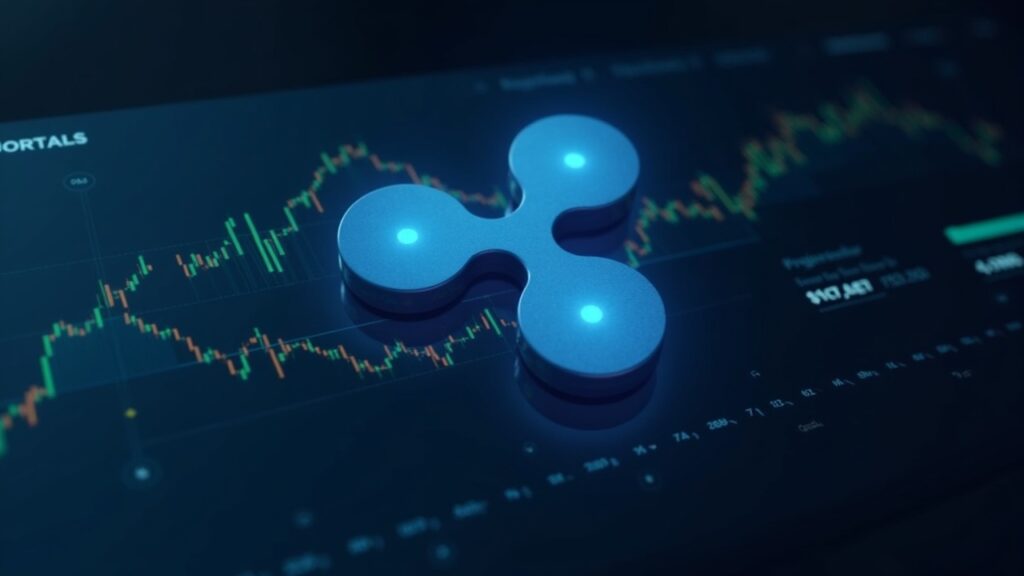Ripple has made headlines in 2025 with the acquisition of GTreasury, a corporate treasury management firm, for $1 billion. This marks its third major TradFi-oriented purchase this year and underscores its ambition to bridge the gap between blockchain technology and established corporate finance. In this article, we explore what this deal means for Ripple, the challenges ahead, and its potential implications for the broader financial ecosystem.
By acquiring GTreasury, Ripple gains a foothold in a multi-trillion-dollar sector that manages corporate liquidity, cash forecasting, risk hedging, and capital deployment. This move allows Ripple to integrate blockchain innovation into the infrastructure that underpins corporate finance operations. The ambition is bold: enable teams to unlock “trapped capital,” settle payments instantly, and access smarter treasury tools within a decentralized framework.
This acquisition complements Ripple’s prior 2025 plays: it had already acquired a stablecoin payments processor and taken steps in the licensing and broker-dealer space. With GTreasury, it now adds a core backbone capability—offering solutions that serve corporate finance teams directly.
Crossing into corporate finance: blockchain meets treasury services
According to Ripple’s leadership, merging blockchain solutions and treasury software will drive efficiencies. They envision a future where fragmented systems communicate seamlessly, enabling real-time liquidity management, automated risk hedging, and improved capital productivity.
But turning that vision into a functioning reality presents significant hurdles. Treasury systems are mission critical: corporate clients demand high reliability, robust security, compliance with regulations, auditability, and proven track records. Integrating legacy systems with blockchain requires technical finesse, resilience, and trust. Ripple must also reassure clients that its offering meets the rigor of enterprise financial operations.
Moreover, the competition in treasury software is already populated by incumbents like Kyriba, TreasuryXpress, Coupa, and others. Ripple must differentiate—not just by technology, but by delivering tangible benefits such as faster settlement, lower costs, transparency, and tokenized liquidity options.
In summary, the GTreasury acquisition is more than a headline—it’s a strategic pivot with high stakes. If Ripple can execute on integration, compliance, and product adoption, it may reshape how corporations handle cash, capital, and treasury strategy in a tokenized era.

